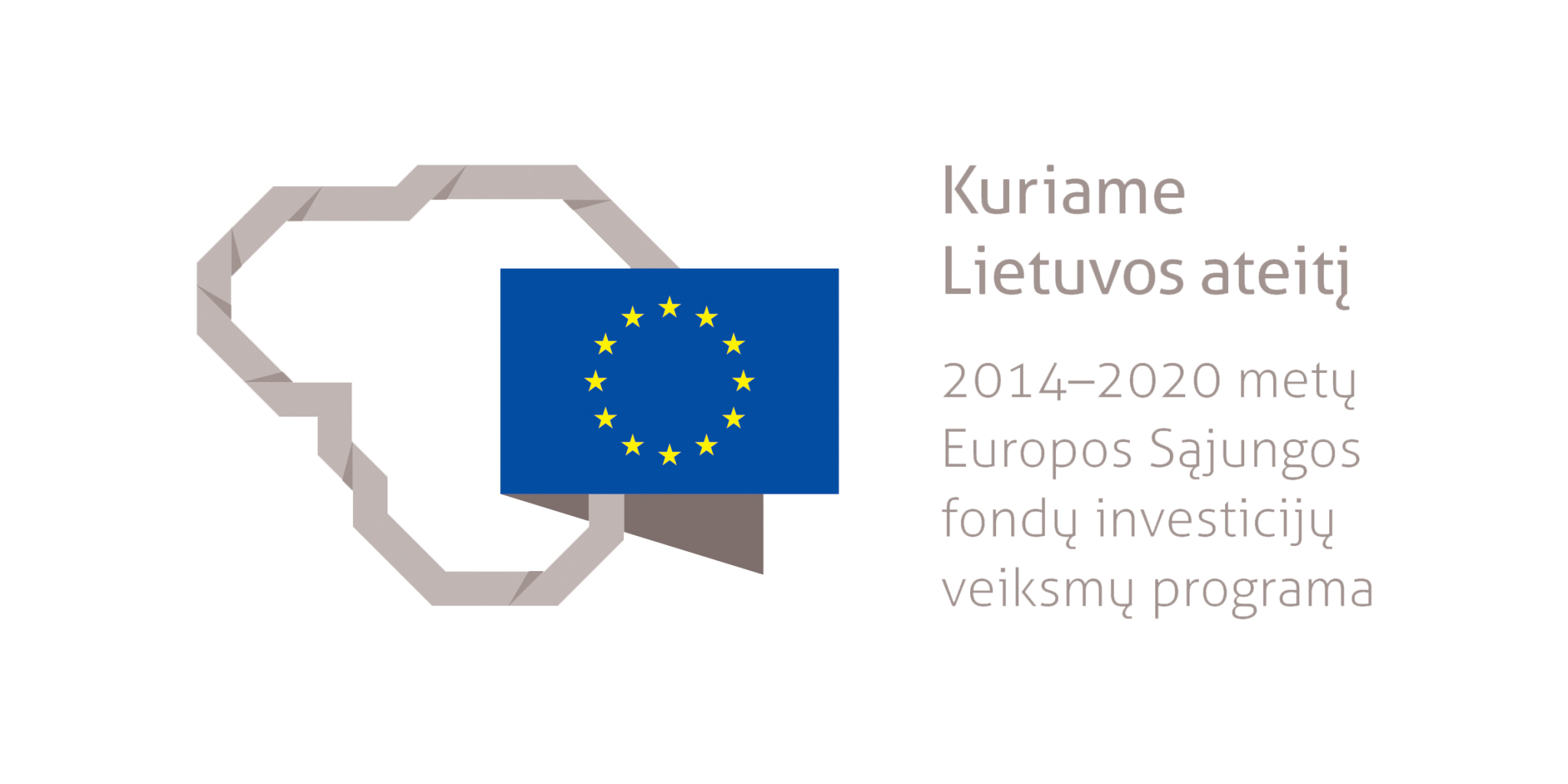COLLECTION OF THE PRESS
The Collection of the Press of the Vytautas the Great War Museum contains more than 52,900 exhibits, which reflect the development of Lithuanian statehood and the history of the Lithuanian warfare. The first exhibits were purchased in 1921, after the War Museum had been establishment; however, it turned into a separate collection in 1954. Taking into consideration the abundance and variety of the exhibits, the collection could be divided into the following subcollections: documents, books, periodicals, and small publications, cartography, philately, and philocarty.
DOCUMENTS
The Collection of Documents contains parchments from 16th-18th centuries, various legal, financial, and personal documents, the sources evidencing the Fights of Independence, the Soviet and Nazi occupations (1940-1944), and Lithuanian partisan fights (1944-1953), as well as the documents reflecting the formation of the national defense system, the reestablishment of the Lithuanian Armed Forces (1990 – 1992), and the contemporary Armed Forces. An outstanding group is the archival documents of the pilots Steponas Darius and Stasys Girenas related to the famous transatlantic flight from the United States to Lithuania.
BOOKS, PERIODICALS, AND SMALL PUBLICATIONS
The Collection of the Press contains over 5,000 books and other publications. One of the oldest and most valuable books date back to the 16th century. The majority of the publications are related to the period of the Grand Duchy of Lithuania (LDK), the period of Tsarist Russia and Kaiser Germany oppression (late 19th century – 1918), the First Republic of Lithuania (1918-1940), the years of the Lithuanian occupation (1940- 1990), and the restoration of Lithuania’s independence (1990). The collection contains newspapers, magazines, publications of Lithuanian exiles, periodicals and small publications (i.e. proclamations, orders of authorities, ordinances, advertisements, and business cards of prominent Lithuanians) published in Lithuania and other countries during the period from the late 19th century to the early 21st century. The posters of the election to Seimas of Independent Lithuania as well as propaganda posters and the posters of the battles for the Vilnius region published during the period of the First Republic of Lithuania are of special historical value.
CARTOGRAPHY
The pride of the Collection of the Press is the old maps of Lithuania from the 16th to the 17th centuries and the maps and atlases dating from the 18th to the 20th centuries published by foreign countries. The major part of this collection consists of maps of various scales, city maps, and specialized cartographic maps published by the Military Topography Division of the Armed Forces of the First Republic of Lithuania and the present-day Military Cartography Center of the Lithuanian Armed Forces.
PHILATELY
The exceptional value of the Collection of Philately is the collection of Lithuanian stamps (1918-1940) presented by the Canadian Philatelic and Numismatic Society. In addition, it preserves the stamps dedicated to the transatlantic flight of pilots Steponas Darius and Stasys Girėnas; the museum has been entrusted with a collection of more than 6,000 stamps on the flora and fauna collected by the well-known Lithuanian forester and teacher Jonas Gelaževičius. A separate part of the collection is the stamps published in the Soviet Union in the 20th century. Since 1990, a collection of the stamps of the restored independent Lithuania has been collected.
PHILOCARTY
The Collection of the Press contains more than 3,000 Lithuanian postcards published from the beginning of the 20th century to the present day and the postcards of Lithuanian cities depicting the images of the war issued by the Germans during World War I. Exceptional groups of the collection are the postcards published in Lithuanian by Ona Vitkauskytė, the founder of the first bookshop in Kaunas, featuring a variety of themes (the ones with notes should particularly be noted); moreover, the collection contains the postcards of the independent Lithuania period (1918-1940), reflecting most areas of the state life. A large part of the collection consists of Lithuanian postcards from the Soviet period, greetings, and postcards from other countries.



